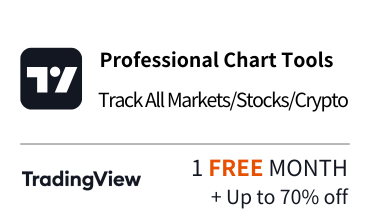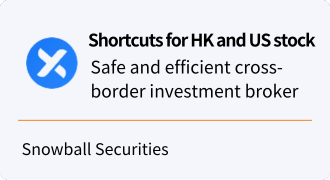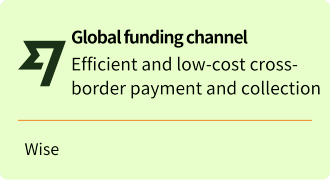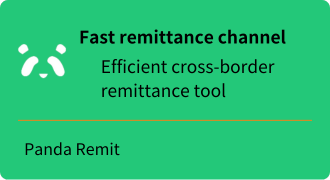Copy Trading Milliseconds: Optimizing Systems for Smart Investing
[DISCLAIMER] This article is for educational and informational purposes only and does not constitute investment advice. Readers should consult with qualified financial professionals before making any investment decisions.
In the ever-changing financial markets, every millisecond can mean the difference between profit and loss. As a veteran quantitative trading expert and fintech observer, I'm often asked, “Is the speed of a trade-following system really that important?” Today, let's take the mystery out of performance optimization for follow-the-sun trading systems and see how those seemingly insignificant milliseconds can affect your investment results, and why, in some cases, faster isn't always better.
Ⅰ. Why is speed so important?
Imagine that you are running in a race. In this race, each runner is keeping pace with a world-class athlete. This is the nature of follow-the-leader trading - your trading system needs to replicate every move of the top traders as fast as possible. In this “follow-the-leader” race, even a one-second delay can cause you to miss your best entry or exit point.
Ⅱ. Analyzing the Processing Time of a Follower System
The processing time of the order-following system is the distance between you and the frontrunner. Specifically, this time starts from the moment an order is filled in your strategy account and ends the moment a trade order is placed in your MT4 account.

Let's take a look at the process:
- The strategy account completes the order
- The order tracking system receives the information and processes it
- the system sends the order to your MT4 account
- your MT4 account receives the order and executes it.
It is worth noting that it will take some time between the MT4 sending the order and the actual execution of the order by the trading platform, depending on your trading platform and network conditions, which is out of the control of the order-following system.
Ⅲ. Amazing enhancements in the new version of the system
The good news is that the latest version of the Follower System has made a huge breakthrough in terms of performance. By optimizing system response and network routing, the overall efficiency has increased by 30%! It's like putting a new pair of running shoes on your “follow-the-leader” run, allowing you to follow the pace of the leaders more closely.
Ⅳ. In-depth data: how the new features perform
Let's get into the numbers to show how significant this improvement is:
- “Fast Rate” mode:
- Average processing time of 0.173 seconds over 17 tests.
- Fastest time: 0.140 seconds
- Slowest time: 0.218 seconds
- “Auto Rate” mode:
- In 17 tests, the average processing time was 0.300 seconds.
- Fastest time: 0.094 seconds
- Slowest time: 0.655 seconds
These numbers may seem small, but in the world of high-frequency trading, they can mean a huge difference.
Ⅴ. Forex market volatility: the double-edged sword of speed
However, in discussing the importance of speed, we can't ignore one of the key characteristics of the Forex market: high volatility. Interestingly, it is this volatility that makes faster execution not always mean better prices.
5.1 Why is faster not always better?
- Price reversal:
Suppose a strategy account places an order when the price is rising. If the market immediately starts to fall, then a slower follow-through may result in a better price. - Short-term fluctuations:
The Forex market is often characterized by short-term price “noise”. Faster execution may coincide with the peaks or valleys of this noise, while slower execution may avoid these extreme points. - Liquidity issues:
Under certain circumstances, particularly during major news releases, markets may experience brief gaps in liquidity. Extremely fast executions may trade through these gaps, leading to significant slippage.
5.2 The Art of Balance
Understanding this, we can better recognize that speed, while important, is not the only consideration in follow-through trading. The real challenge lies in finding the optimal balance between speed, accuracy and market conditions.
Ⅵ. Conclusion: The Future of Intelligent Order Following
As our understanding of the performance and market dynamics of order-following trading systems continues to grow, it's clear that future order-following systems will need to be smarter. Not only do they need to be fast, but they also need to be able to adapt to complex market conditions and find a balance between speed and optimal execution.
So, is there a way to take advantage of high-speed execution while also dealing with the high volatility of the market? The answer is yes. In my next article, “CopyTraders Follower System Revolution: Delayed Optimal Price Feature Explained”, I will introduce you to a revolutionary new feature that skillfully resolves the tension between speed and optimal price. This innovative feature provides the trader with a powerful tool that gives you an edge in a rapidly changing market.
I invite you to continue reading the next article to learn more about this important feature that could change your follow-the-money trading strategy. There, we'll delve into how you can pursue speed while ensuring you get the best possible execution price.
Finally, I'd like to hear from you. In your follow-through trading experience, have you noticed that system speed has had a significant impact on your trading results? How do you balance speed with execution quality? Feel free to share your thoughts and experiences in the comments section. Let's discuss how we can take follow-through trading to new heights in this ever-changing market!







